The Flexure Revolution, Compliant Mechanisms applied to Watchmaking
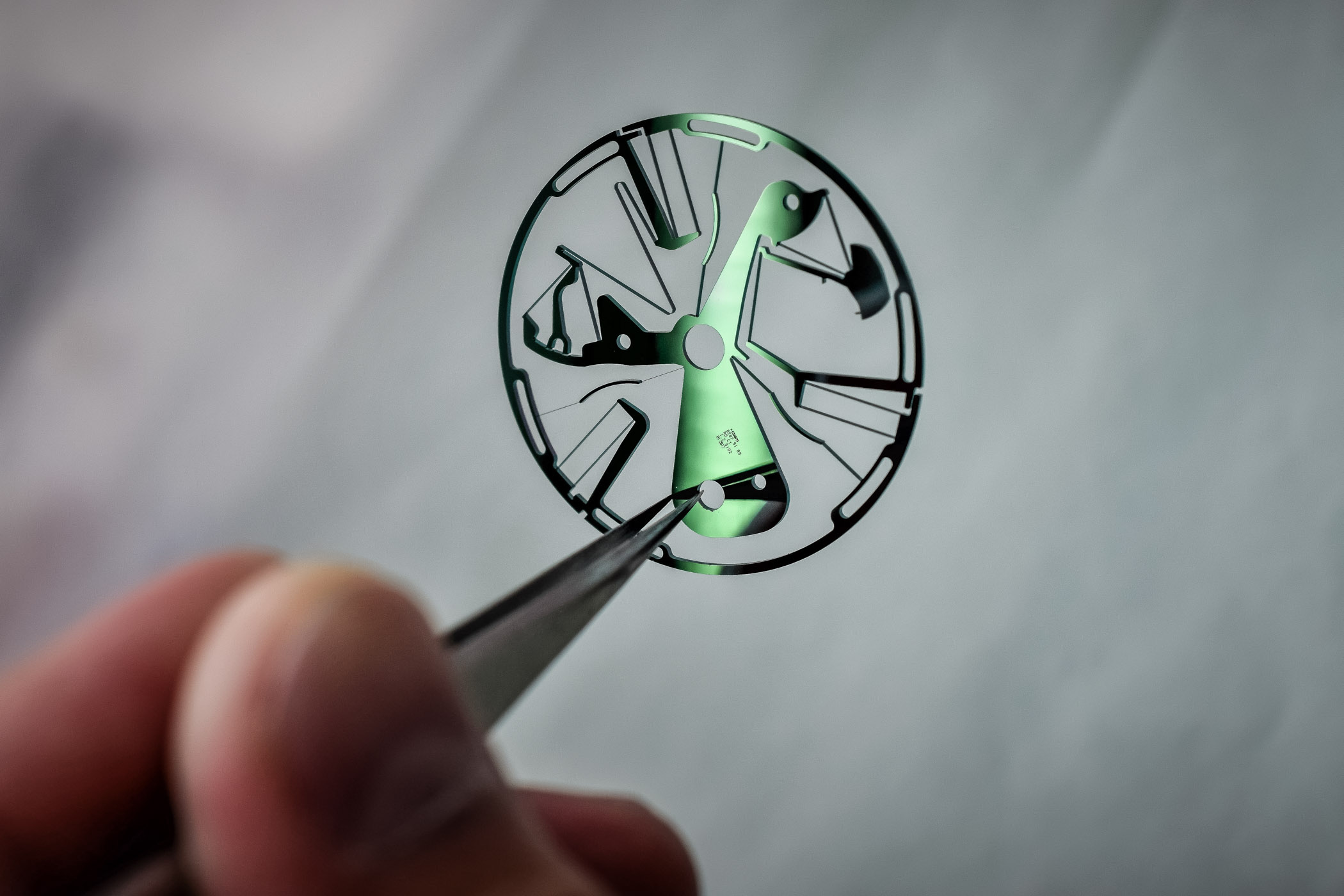
In mechanical engineering, compliant mechanisms (monolithic or joint-less structures) are flexible mechanisms that transfer an input force or displacement to another point through elastic body deformation, using the elastic properties of matter to affect the motion of mechanical components. These monolithic, compact and precise components replace several mechanically assembled parts. The absence of mechanical coupling eliminates contact, play, friction, wear, lubrication or dispersions.
Compliant mechanisms have been used for decades in different fields or industries. In particular, robotics, medical or aerospace have been using such mechanisms for some 50 years now. However, the rapid growth in their applications in watchmaking is rather new. Somehow, watchmakers had made very little use of flexure until very recently. But they have now realized the amazing potential there. Compliant mechanisms offer undisputable advantages, in term of reliability and performance and as such can be a great ally in the search for enhanced quality.
“The flexible mechanism concept is revolutionary and paves the way for a totally new approach in watchmaking: their application to watchmaking is still in its infancy!â€
Naturally, their use is connected to a result of the advances in the understanding of compliant mechanisms combined with general technological development. In particular, think CAD (computer-aided-design), innovative materials such as silicon, modern production technologies such as Silicon DRIE (Deep Reactive Ion Etching) or LIGA. But, none of this technology is indispensable to design and manufacture compliant mechanisms… The flexure revolution is underway.
The innovative oscillator of the Senfine Concept watch – Parmigiani Fleurier
Here are a few examples evidencing some of the benefits and opportunities brought by the application of compliant mechanisms.
Patek Philippe Advanced Research Aquanaut Travel Time – Setting mechanism
Presented at Baselworld 2017, the Patek Philippe Travel Time Ref. 5650G incorporates several innovations, including a compliant mechanism used to set the second time zone of the watch, visible through an opening on the dial. Offering improved performance and precision while reducing the overall complexity, the new setting mechanism comprises 12 parts versus a 37-part one for the ordinary mechanism. The virtual pivot points are particularly interesting.
This new setting mechanism is crafted entirely from conventional steel, produced with conventional milling with CNC machines (which is indeed impressive given its ultra-complex 3D geometry – LIGA and DRIE are not inevitable!) and hand-finished in compliance with the standards of the Patek Philippe Seal.
When it established the Patek Philippe Advanced Research project at the beginning of the 2000s, the brand launched an avant-garde innovation program that enriched traditional development activities with research in the domains of “new materialsâ€, “new manufacturing technologies†and “new conceptual fundamentalsâ€. In this context, Patek Philippe works in close collaboration with the CSEM research laboratory and the Ecole Polytechnique Fédérale de Lausanne (EPFL) that operates globally leading micromechanical and electronics research institutes in Neuchatel. Patek Philippe has been financing the chair held by Professor Simon Henein, Head of INSTANT-LAB, of the Institute for micro-technology in Neuchatel.
Zenith Defy Lab – Oscillator
One of the most striking developments of the year, the Zenith Defy Lab, is based on the application of compliant mechanisms to design a revolutionary oscillator, an alternative to the sprung balance that has been the exclusive time basis for the mechanical watch for over 2 centuries. Zenith has replaced the 30 parts or so of a standard regulator by a single element. Its monolithic oscillator also integrates the anchor of the escapement. It is made of monocrystalline silicone coated with a layer of silicon oxide (produced with CSEM). Its design, at the LVMH Watch Division R&D institute team of Guy Sémon, involved the Delft University in the Netherlands.
This development is indeed remarkable. The ZO 342 calibre combines high frequency (15Hz or 108,000 vibrations per hour) with low amplitude (+/- 6 degrees versus 300 for a balance wheel). Zenith announces a daily rate precise to 0.3 seconds per day!
Parmigiani Fleurier Tonda Chronor – Rattrapante clamp
The flexible rattrapante clamp of the Parmigiani Fleurier Chronor
The Parmigiani Fleurier Tonda Chronor Anniversaire is a remarkable chronograph and a superb example of how high-end traditional watchmaking can integrate modern solutions. This split-seconds chronograph demonstrates the brand’s respect for the most ambitious standards of the Haute Horlogerie tradition. It is a fully integrated construction with column wheels command. The movement plate and bridges are fashioned out of gold and all components are meticulously hand-finished. However, it features a modern vertical clutch and it ticks at 36,000 vibrations per hour. A detail that is less known, its rattrapante clamp (the clamp is the part that closes and opens to stop and free the rattrapante wheel) is a flexible monolithic part allowing for enhanced operations and precision. Flexible parts are used in multiple instances from traditional springs to innovative developments such as the Senfine escapement.
IsoSpring – Continuous mechanical time
Mechanical clock and watches rely on the escapements. Despite technical advances, escapements suffer from low mechanical efficiency. Their stop and go motion wastes energy. The IsoSpring project of INSTANT-LAB (EPFL) has created a new time basis, driven continuously by compliant mechanisms, without the discrete motion of traditional watches. The escapement problem is solved by eliminating it.
Inspired by the principles theory’s discovered by Isaac Newton, this remarkable concept is based on the elastic properties of matter to use a unidirectional, continuous oscillator with a constant time period. Speaking about this mechanism with flexible guides to control the energy use, INSTANT-LAB (Simon Henein, Ilan Vardi and their team) uses the metaphor of ‘an ancient sling in which you use a leather strap to make a stone turn in a circle. If you replace the strap with an elastic band, the stone will now move in an ellipse with a constant period so it can be used to precisely measure time’. Following the creation of clocks, the next steps for the INSTANT-LAB team will be to reduce the size of their invention to make it wearable.
Want much more detailed and expert information about compliant mechanisms? The book ‘The Art of Flexure Mechanism Design’ by Florent Cosandier, Simon Henein, Murielle Richard and Lennart Rubbert is edited by EPFL press and can be purchased on Amazon.
Thanks to Professor Simon Henein, Head of INSTANT-LAB for taking the time out to help us.

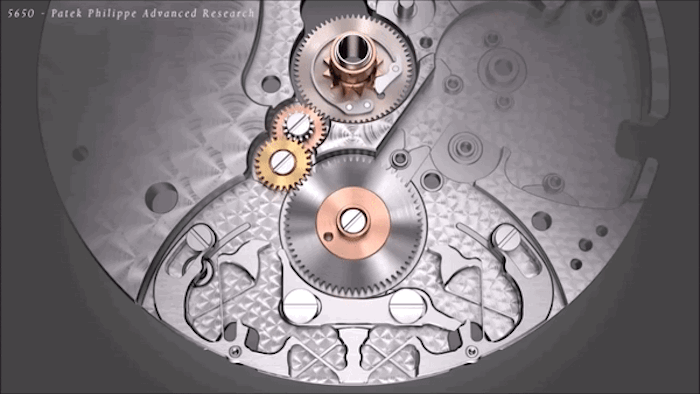
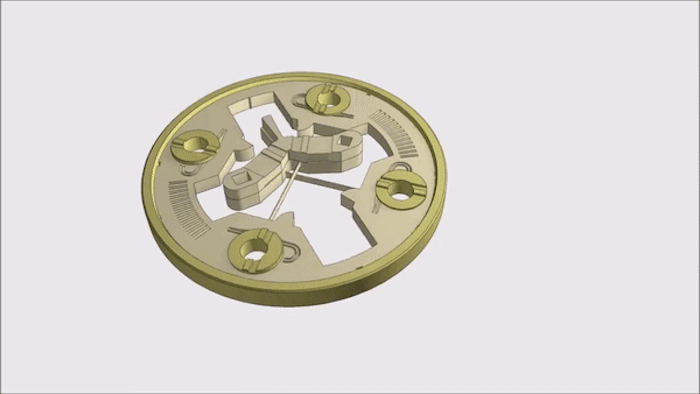
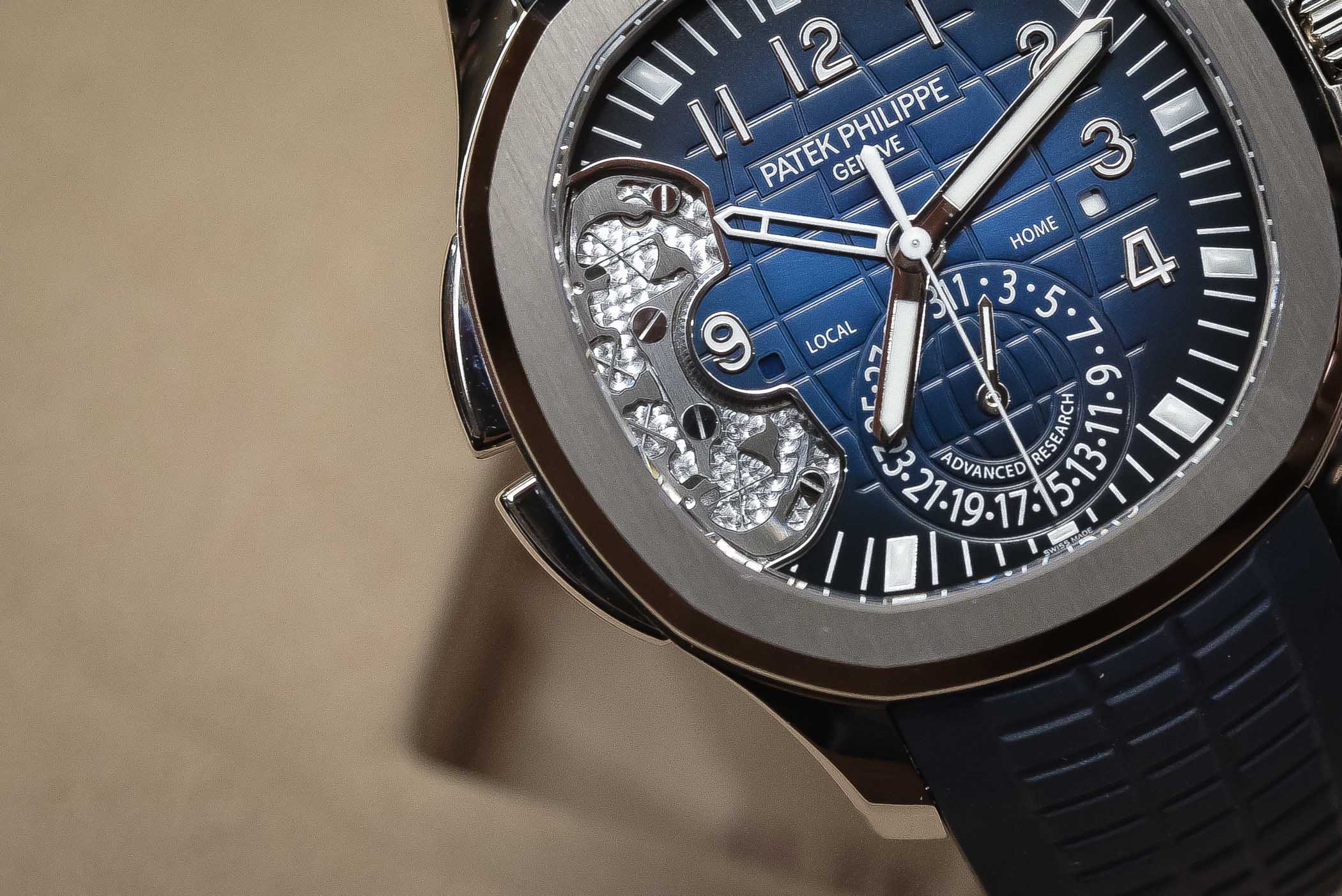

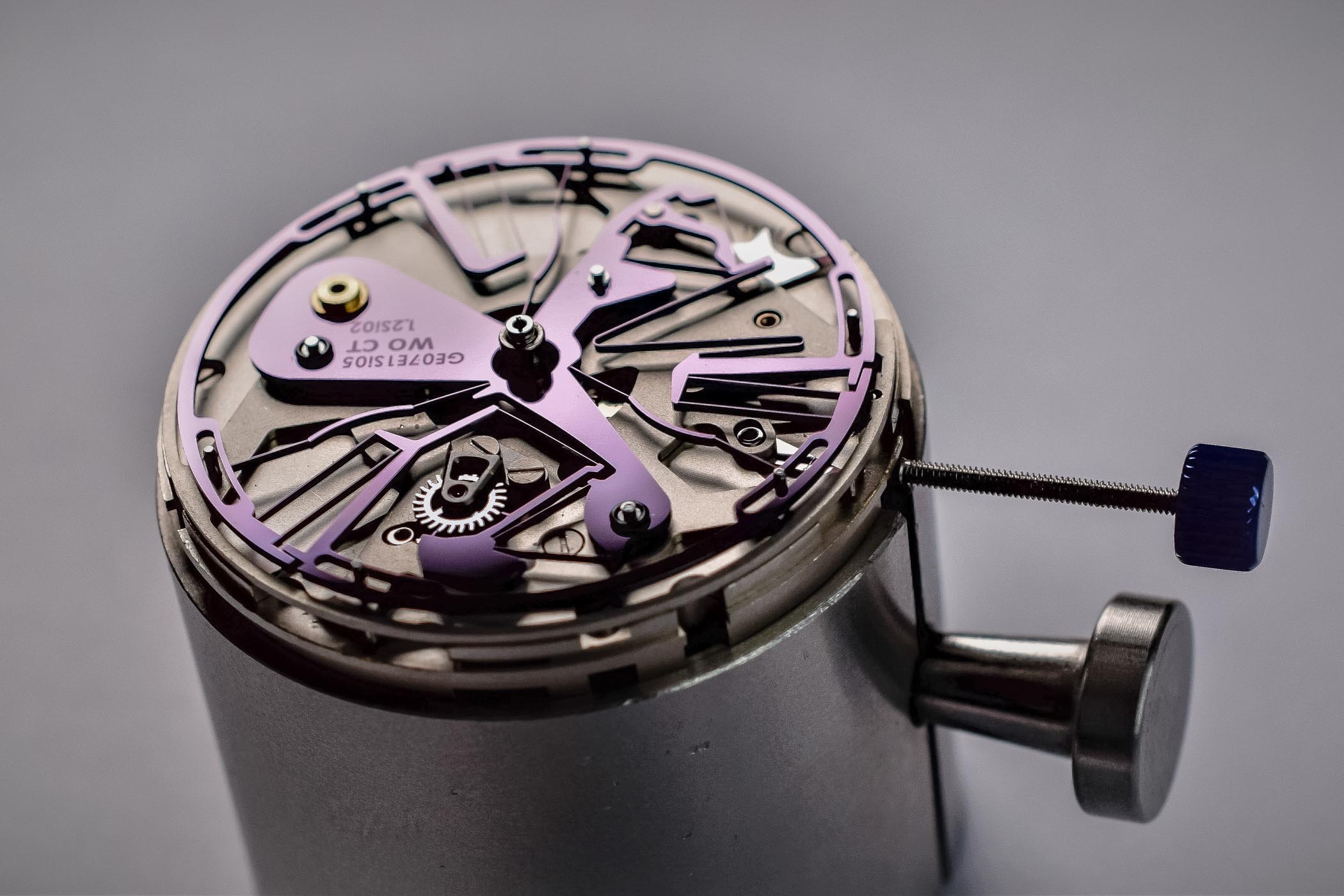

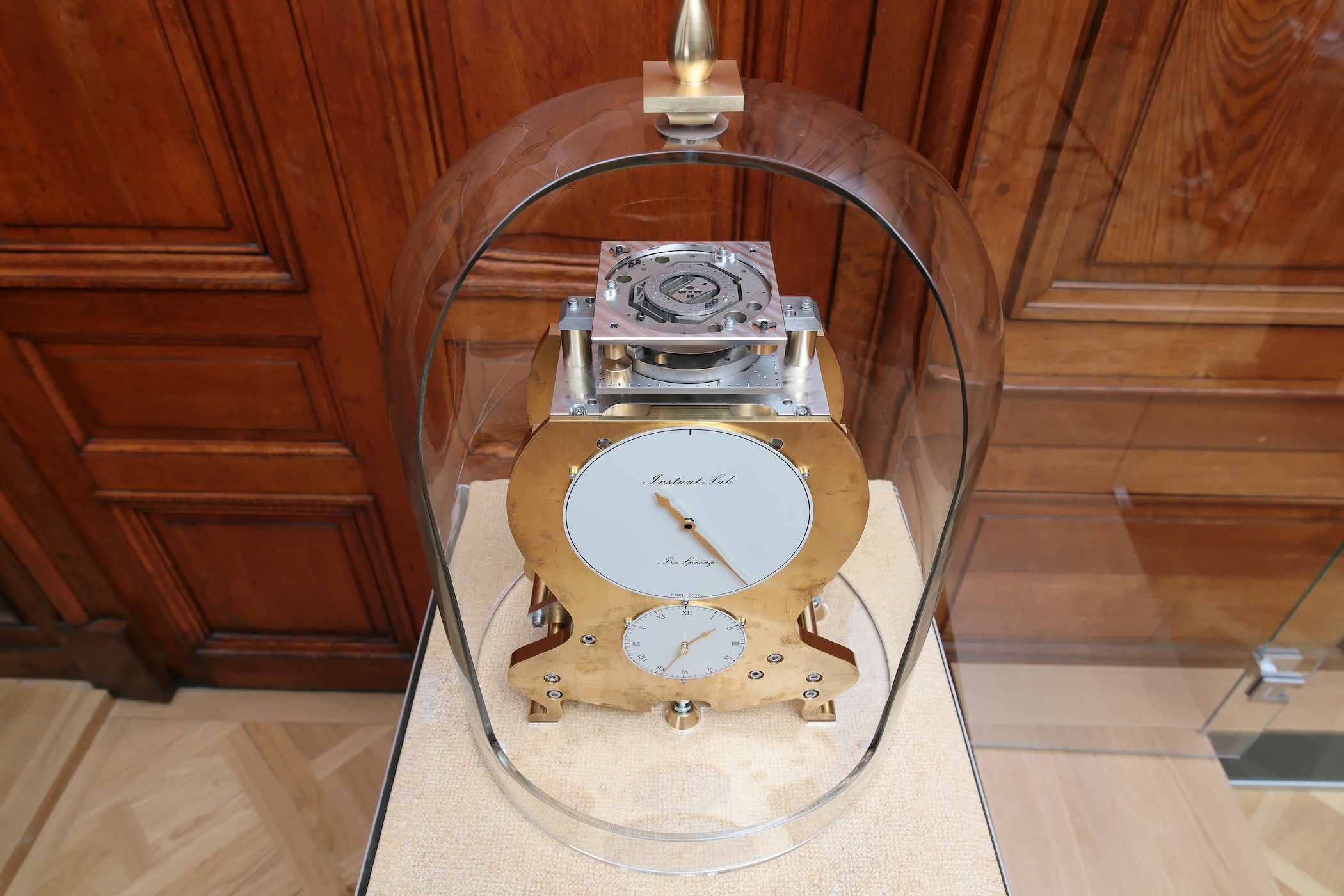
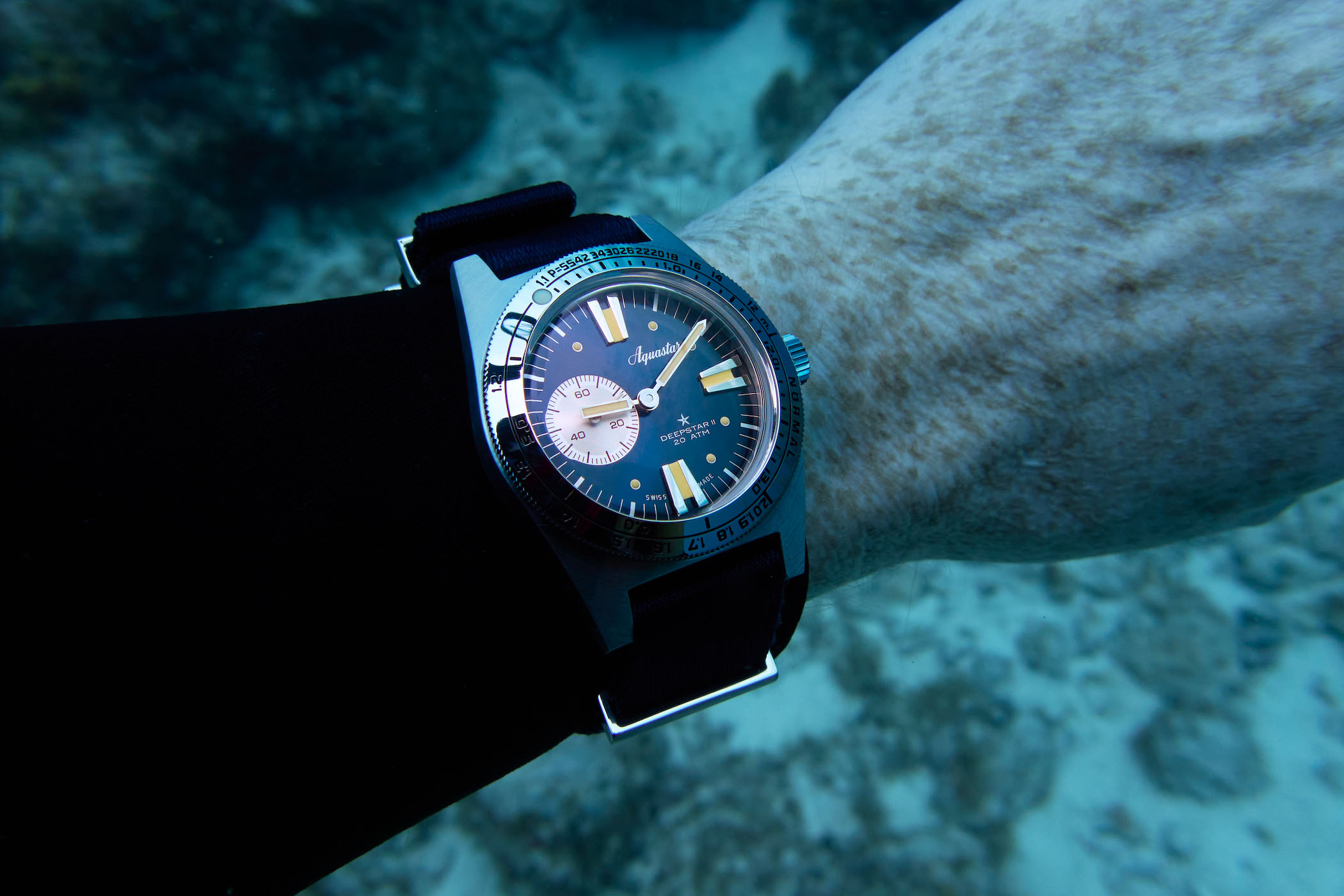

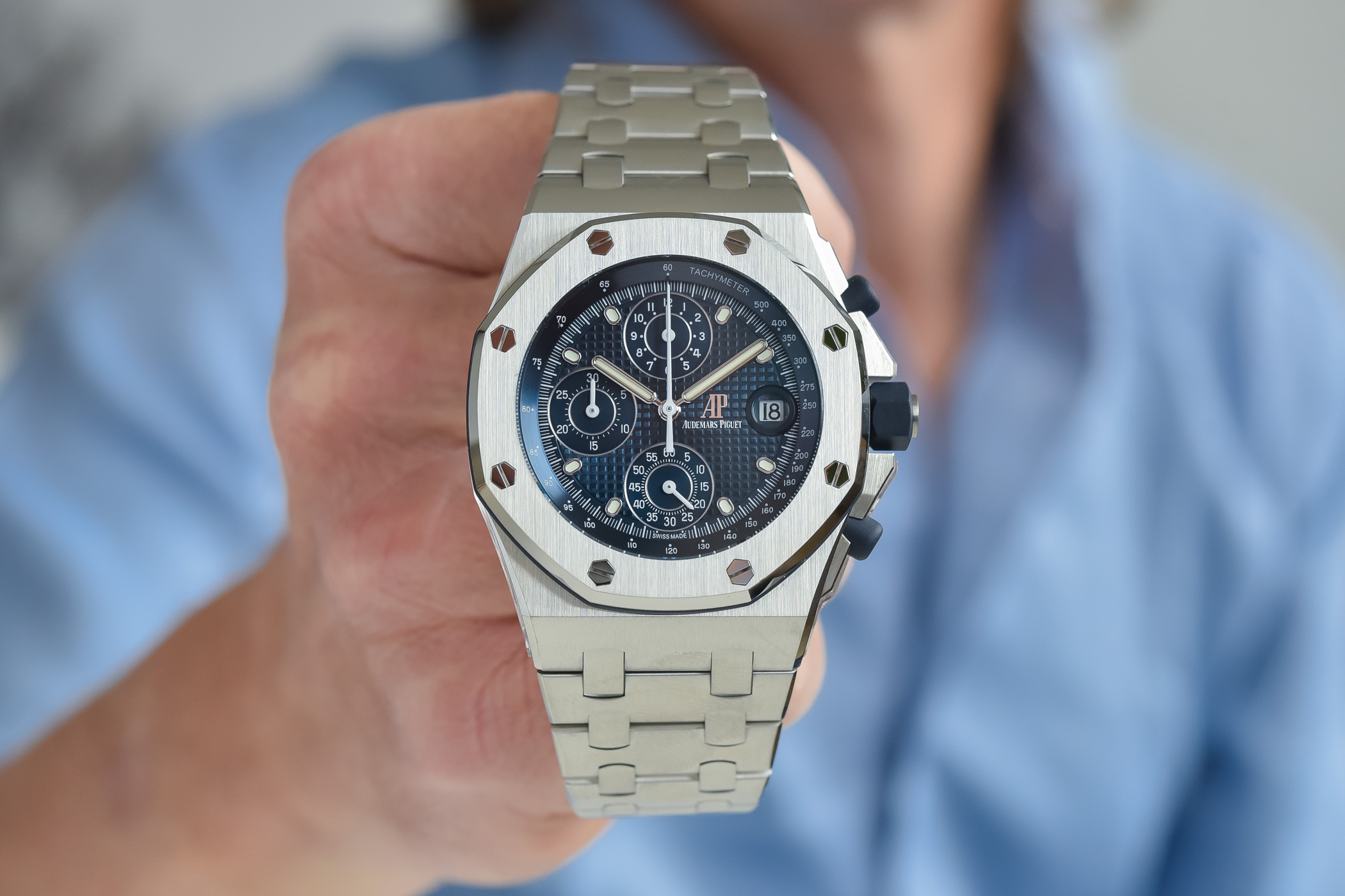
4 responses
Excellent article – let us have more like this. More detail about the IsoSpring system would be appreciated.
Wonderful! More coverage of this type would be deeply valued!
Please more serious articles, such as this one.
Great article, thank you Xavier!